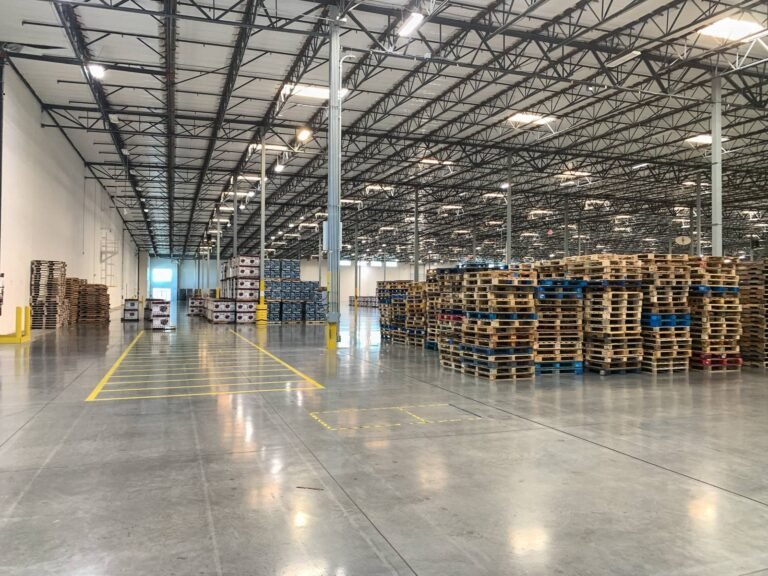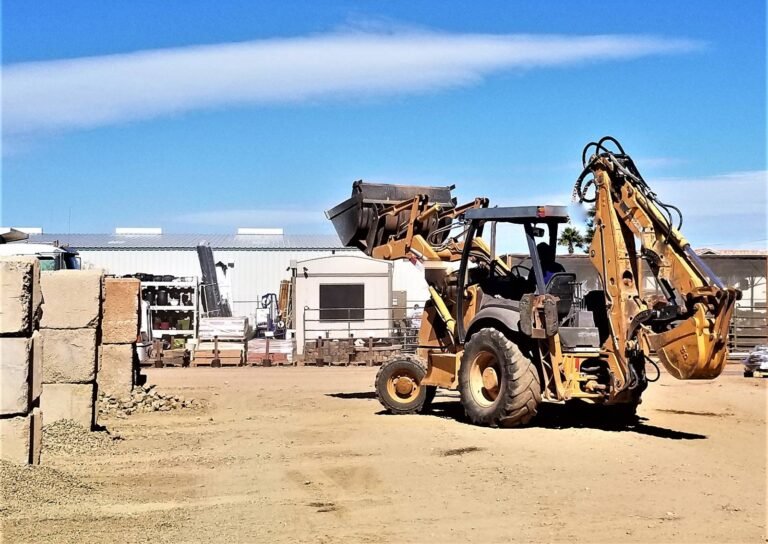Most business today are not in the business of owning real estate but still rely on land and buildings to operate. A sale-leaseback allows a company to reduce its investment in these non-core assets and unlock capital by selling the property and leasing it back. This separates the asset’s ownership value from its utility value.
What Is a Sale-leaseback?
A sale-leaseback is a transaction where the owner-occupant sells the real property used in its operations to an investor and simultaneously leases it back under mutually agreed terms. This structure allows the seller to extract full value from the real estate while continuing business operations without disruption.
Sale-leaseback Potential Benefits:
Flexible Lease Terms
Because the seller is also now the lessee, the seller has significant bargaining power in structuring the property lease. In addition to realizing their investment in the real property, the lessee has the opportunity to negotiate an acceptable lease agreement with the investor acquiring the property. Typical leases’ original terms run anywhere from 10 to 15 years. The seller, now the tenant, can also negotiate additional extension options, buyback (repurchase) options and can also include terms for early lease termination. Additionally, if the tenant sees a need for more flexibility, the tenant can work with the buyer to include terms that will provide for future expansion and subleasing of the property.
Greater Value to the Real Property
Unlike a mortgage, a sale-leaseback can unlock up to 100% of the appraised value, making it a more efficient financing tool. As opposed to many commercial mortgages which are maxed out at ~65% of the appraised value, are held on the company’s balance sheet and the majority of the time requires a personal guarantee from ownership.
Capital for Growth
A sale-leaseback can be used to free up cash to grow a business through acquisition or acquire additional facilities, fulfil obligations of recently awarded jobs, and purchase capital equipment. With the tightening of the credit markets, many businesses do not have access to as much credit as they need to achieve their growth objectives. Sale-leasebacks can be used as an “off balance sheet” financing structure that gives the seller the opportunity to turn a non-earning asset into growth capital. The company can then save the available bank financing credit for future growth opportunities. The proceeds could also be used for other corporate purchases like the buyout of a shareholder or a special cash distribution to all the shareholders. The absence of covenants in sale-leasebacks provides business owners with significant flexibility on the best use of their own capital.
Retain Control of Real Estate
Most sale-leasebacks are structured as triple-net leases. That means the tenant will be responsible for the taxes, insurance, and maintenance. A long-term, NNN lease provides the tenant similar “quiet enjoyment” control over the property as was the case when the tenant owned the property. The tenant can work with the buyer to include options that will provide for future expansion and sublease of the property.
No Financial Covenants
Because a sale-leaseback is not technically a financing instrument, it does not hold any restrictive covenants on the company. Fewer covenants and reporting requirements provide a company with greater control and freedom over its own business and operations. Further, a sale-leaseback rarely includes any type of personal guarantee from ownership.
Potential Tax Savings
Generally, lessees that lease real property for their businesses can write off their total lease payment as an expense for tax purposes. As real property owners, the interest expense and depreciation were the only tax deductions available. As a result, a sale-leaseback may have a greater tax advantage.
Ground Lease Sale-leasebacks
Hartcrest is uniquely positioned in that we will consider a sale-leaseback structured through a ground lease. In this transaction, only the land is sold, not the buildings or capital improvements, allowing the tenant to retain ownership of the structures. This approach may help avoid accelerated depreciation clawbacks and can create significant tax write-off opportunities. Hartcrest works closely with ownership and their tax, financial, and legal advisors to help maximize the potential tax benefits of this structure.
Corporate Restructuring or Exit Financing
For businesses seeking liquidity, preparing for a sale, or facilitating a shareholder buyout, a sale-leaseback transaction can offer expedited access to substantial capital. Funding can occur in as little as 45-60 days, provided that proper due diligence documentation is available.
Separating the real estate from the operating business during a sale can enhance total transaction value or establish long-term passive income streams for family members. Traditional EBITDA-based valuations often undervalue real property assets; however, sale-leasebacks isolate the property’s value, relying on independent appraisals, market comparables and local market economics rather than company financials alone.
For a confidential discussion tailored to your business needs, use the link below to schedule a call.




